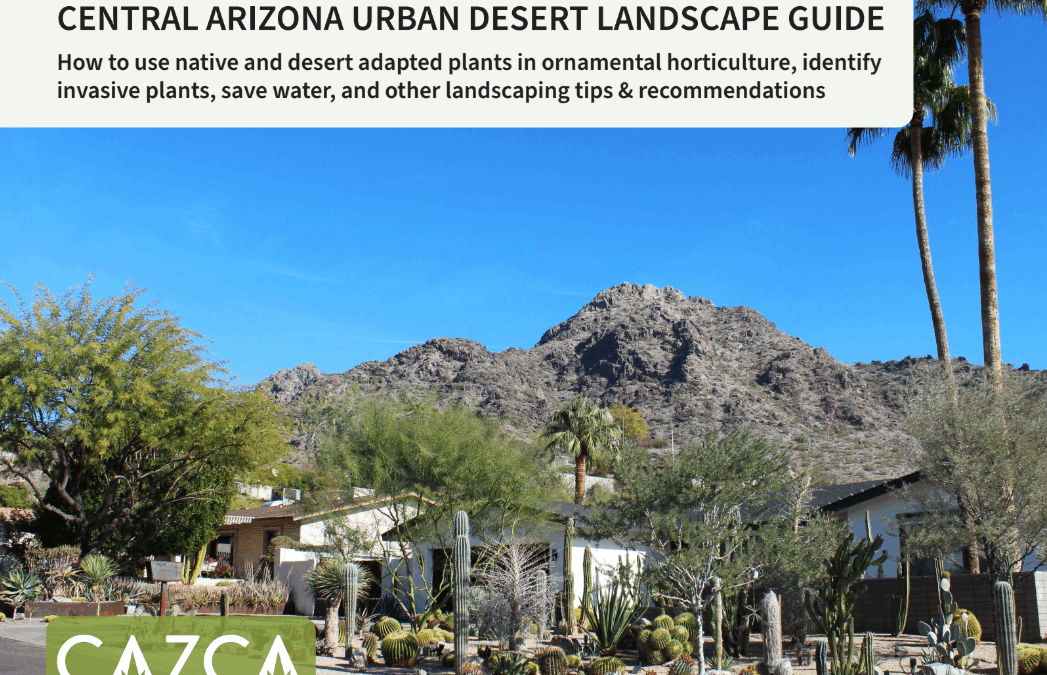
by Debra Agnew | Sep 10, 2025 | Uncategorized
Are you a desert garden enthusiast? We’ve got great news! Whether you’re new to desert gardening and wondering where to begin, or a native Arizona gardener looking for inspiration, our new gardening guide has you covered!
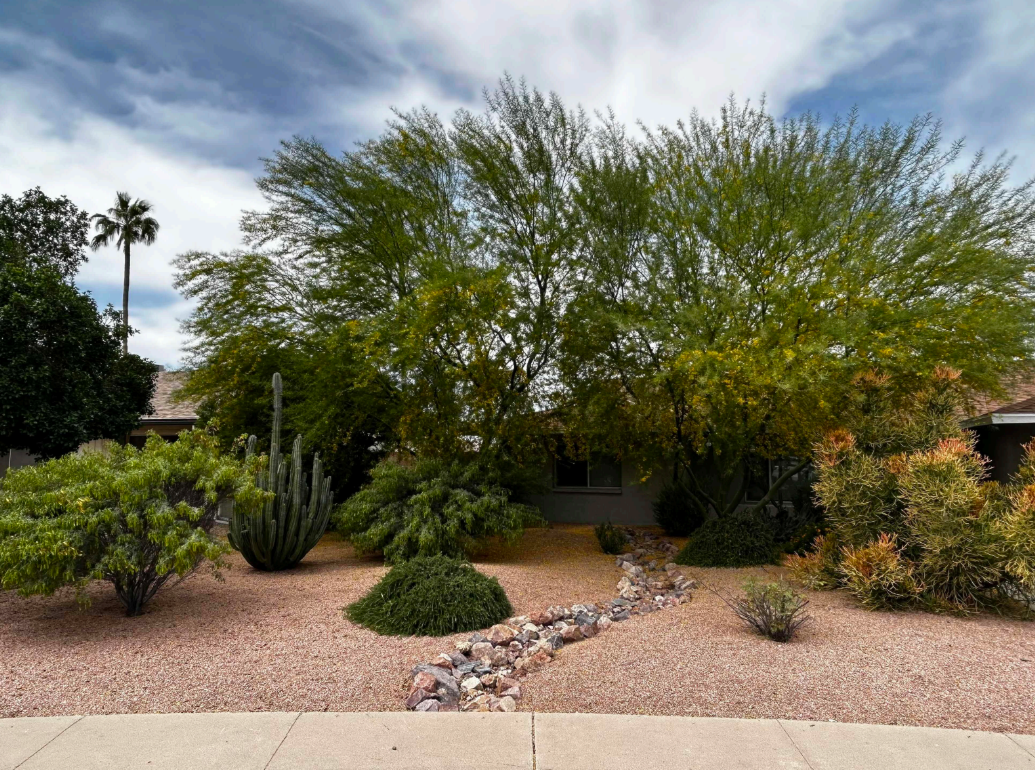
CAZCA and members of the Urban Desertscape Enhancement working group teamed up to release the Central Arizona Urban Desert Landscape Guide, available now for free! The guide features more than 100 native and drought tolerant plants that are aesthetically pleasing and work well for ornamental horticulture in the desert, and includes recommendations and resources to help you make the most of your landscaped spaces.

In addition, this guide will help you identify and keep your garden clear of invasive species, choose how to harvest water for your garden, choose plants that attract pollinators, care for trees, make decisions about turf installations, and more.
You can view and download the PDF guide here.
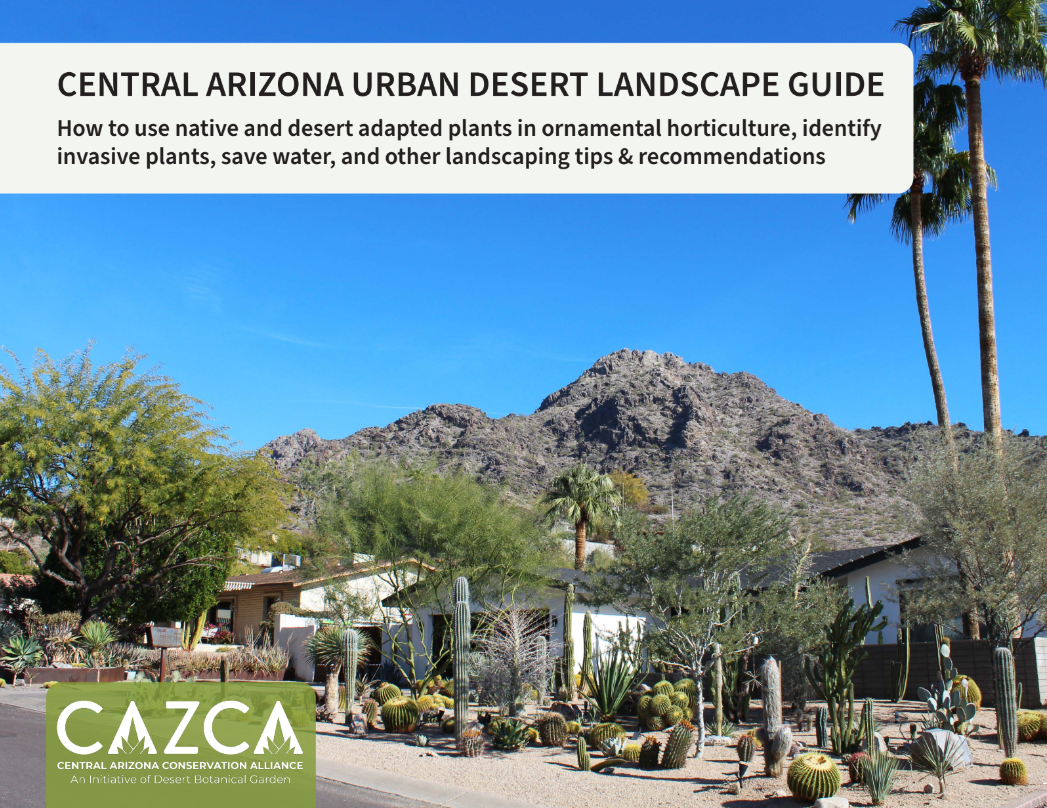
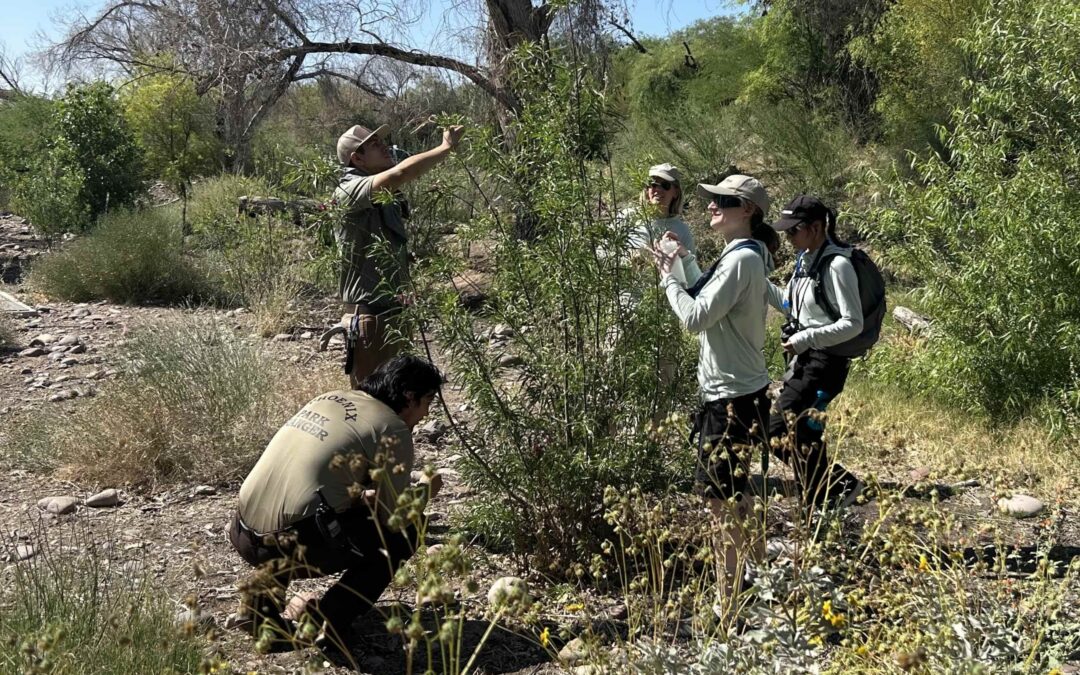
by Debra Agnew | Aug 11, 2025 | Uncategorized
In fall 2024, CAZCA continued its efforts to provide valuable work experience to young adults in STEM fields by offering a Collaborative Conservation internship. Thanks to generous donor Avnet Cares, three interns contributed to CAZCA’s various key projects over the course of eight months, where they gained a depth and breadth of knowledge and hands-on experience advancing conservation goals in our communities. Working with CAZCA partners also allowed interns to try a variety of activities, collaborate with staff and partners to come up with creative solutions, and gain unique insights into how different organizations and groups operate.
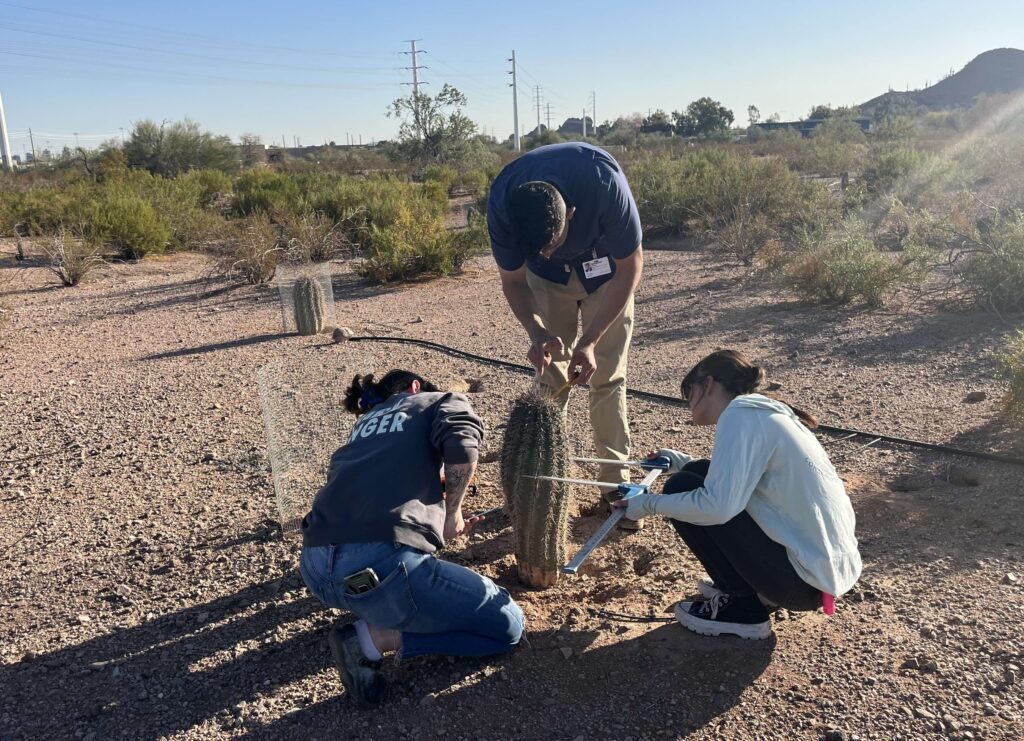
Alexa
With Arizona as her home state, Alexa is passionate about protecting Arizona’s native species. The internship has helped her gain valuable work experience in encouraging community involvement in conservation action, and spreading awareness about conservation concerns.
Melanie
Currently, Melanie is pursuing a Master’s degree in Biology to help address the illegal and unsustainable wildlife trade. The internship allowed her to experience a range of conservation practices and skills in a variety of settings with our partners, providing valuable insight into specific career paths that impact wildlife trade.
Sebastian
A true steward of the Sonoran desert, Sebastian is dedicated to pursuing his passion for and obligation to the environment and its preservation. Through the internship and work with CAZCA partners, he was able to practice community outreach, education and action in conservation work.
The intern’s involvement in key projects included working in Desert Botanical Garden’s molecular lab to contribute to conservation of an Arizona native orchid species; mapping and removing invasive plant species with SW-IFL, and removing invasive snail eggs from the lower Salt River with Tonto National Forest; restoring native plants by planting Desert milkweed, collecting native seeds at the Rio Salado Habitat Restoration area; doing trail and park maintenance at multiple locations; assisting CAZCA with outreach via public engagement, social media and educational printed materials; participating in data collection for Saguaro research and community science projects; and so much more. Interns performed their work at Chandler Nature Center, Rio Salado Habitat Restoration Area, North Mountain, Estrella Regional Park, and other important sites in Maricopa county.
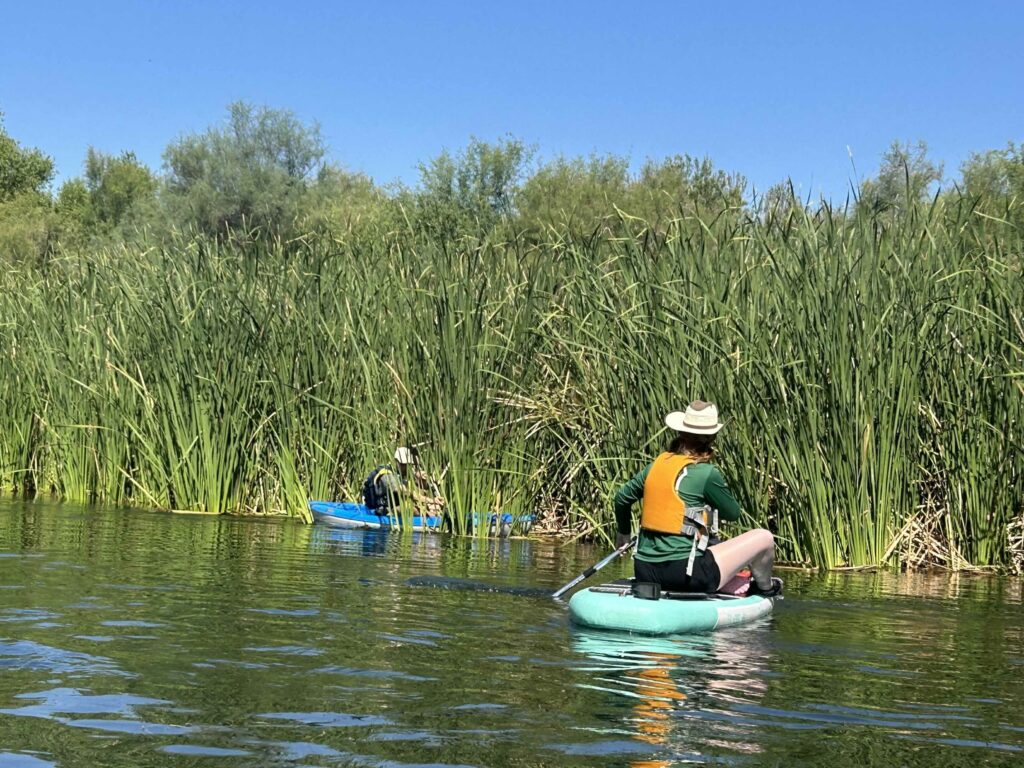
After concluding their work, Interns recognized that collaborative conservation spurs innovation, creates accountability between partners, and increases conservation action through shared resources. They have met their desire “to expand… knowledge and experiences within the field of conservation and environmental science” and “contribute to the research, expand education efforts, and coordinate community building” (Final Report). The interns also contributed significantly to CAZCA’s Regional Open Space Strategy: Protect & Connect, Sustain & Restore, Love & Support, and Coordinate & Elevate.
To learn more about the internship read their Final Report!
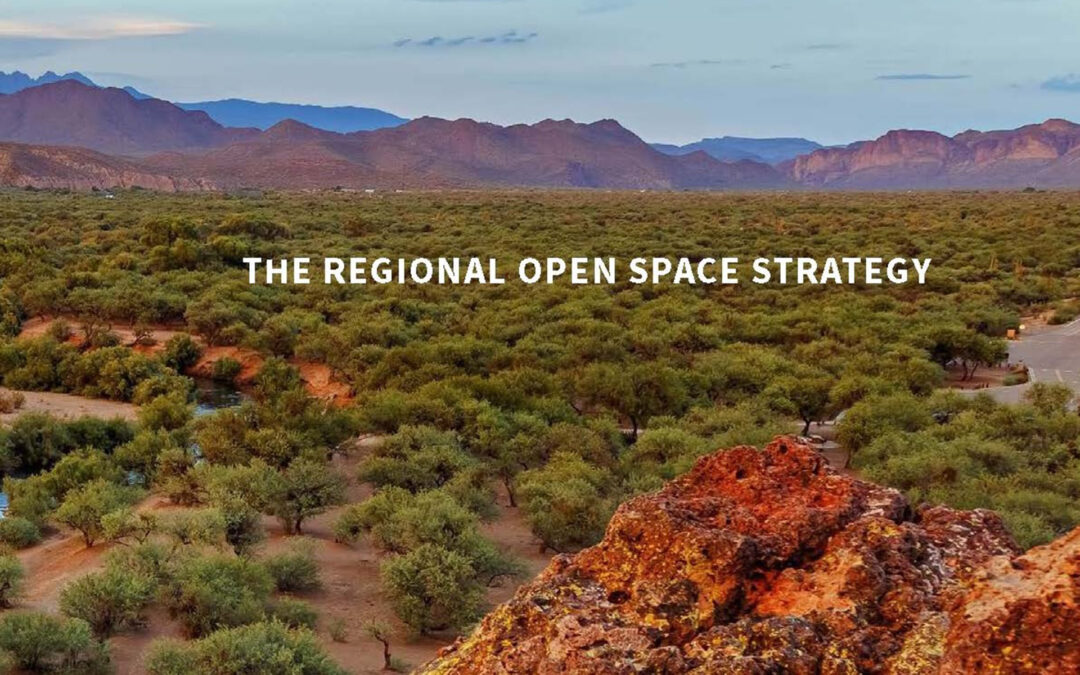
by Challie Facemire | Jun 2, 2025 | Uncategorized
Hot off the press! The Regional Open Space Strategy (ROSS) has been updated and released! The ROSS, originally published in 2017, was our guiding document for the past 8 years. The core goals (Protect & Connect, Sustain & Restore, Love & Support, and Coordinate & Elevate) have remained, but some updates were made to help us face new challenges together.
From March 2023 to December 2024, CAZCA and over 70 partner organizations worked to update the ROSS so that the Objectives and Action Items under the four goals would better reflect the ever-increasing conservation challenges Arizona faces. After feedback from CAZCA, the steering committee, partners, and the community, it was agreed that the ROSS, especially the four main goals, are largely evergreen. The newly updated ROSS now better reflects the challenges we must address in the face of climate change to conserve parks, open spaces, and natural areas for future generations. Moreover, more work needs to be done to acknowledge and connect those areas back to those indigenous people and tribes who inhabited and worked the land from time immemorial. The updates also include objectives and action items to help us better understand the history of the land and how it has changed over time to give us a more well-rounded understanding of how to protect the land from climate and other anthropogenic threats.
Some of the updates to the 2025 ROSS include:
Under Goal 1, additional objectives and action items were added that focus on biodiversity and habitat protection. For example, the objective: Maintain biodiversity in the Sonoran Desert by documenting, monitoring, and managing plant and animal species and advocating for improved human-wildlife interactions.
Under Goal 2, targeted adding waterways and a focus on biodiversity loss.
Under Goal 3, action items were added that focus on accessibility and safe spaces to engage more people in the outdoors. Specific action items added to increase education about ancestral lands and the tribal communities that call this area home.
Under Goal 4, action items were added to identify overlap between partner plans and ROSS goals, create linkages, and identify partnership opportunities to leverage resources and maximize benefits.
This updated ROSS strategic plan delivers a connected, well-managed strategy that realizes the benefits of open space for people, environment, and economy to ultimately ensure that our beautiful, diverse and incredibly unique Sonoran Desert endures and thrives!
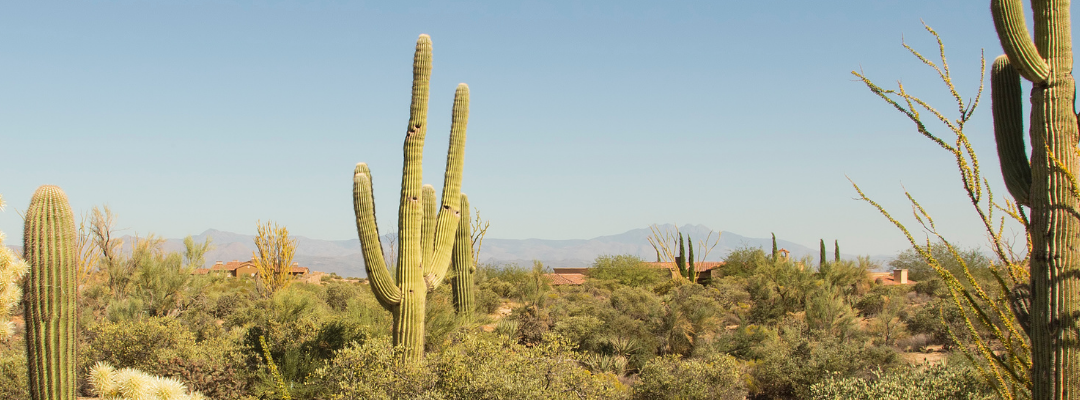
by Mary Chisholm | May 2, 2025 | Uncategorized
Have any young people at home? Give our new YouTube video- Stately Saguaros- a watch with them! The CAZCA partnered with ’s August the Great and The Desert Botanical Garden’s Ali Schuessler to make a video all about our Sonoran Deserts’ fav species- the Saguaro cactus. The video covers topics like foundational species (what the Saguaro is to the Sonoran Desert), how climate change is impacting these giant cacti, along with many more fun facts! Teaching the youngest generations of environmental stewards about conservation early on will create a future full of sustainably minded businesspeople, scientists, artists, engineers, or whatever they grow up to be! Check out the video on .
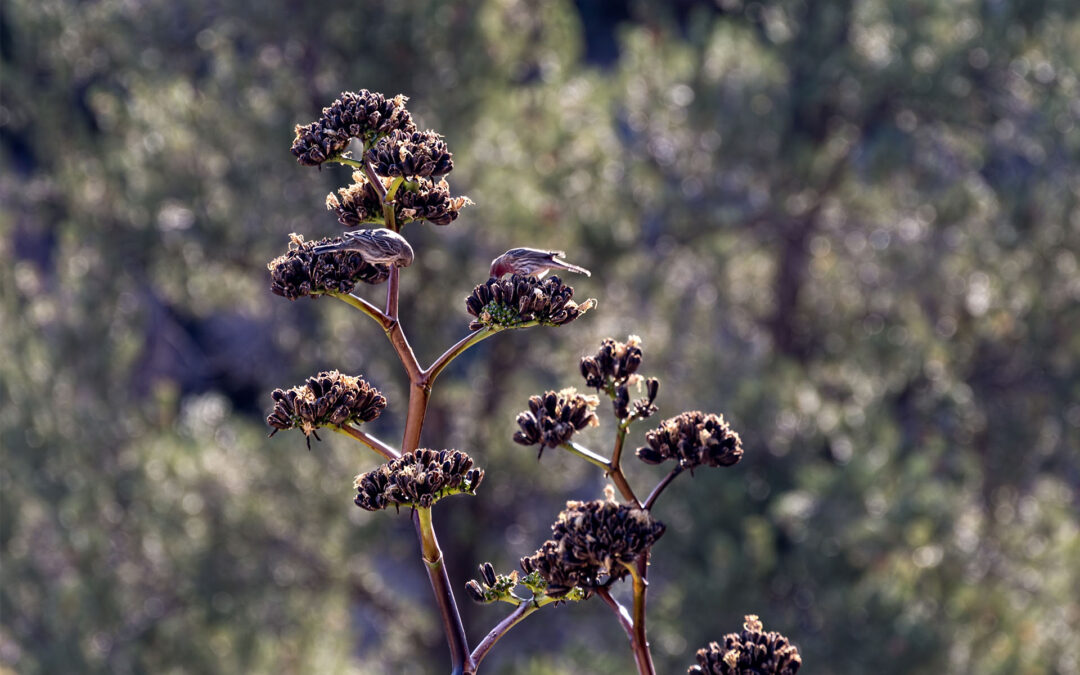
by Debra Agnew | Dec 16, 2024 | Uncategorized
Arizona State University, the Arizona Wildlife Federation, and the National Wildlife Federation have partnered up to learn more about who is gardening for wildlife and why. This research, detailed in a blog by the Arizona Wildlife Federation, highlights the critical role that wildlife conservation plays in maintaining healthy ecosystems and focuses on the environmental and societal impact of residential yards. Studying the design and management of residential landscapes allows us to gain a deeper understanding of what motivates residents to create these wildlife-friendly gardens, as well as what challenges they have faced in doing so.
Learn more about their research by reading the blog below!
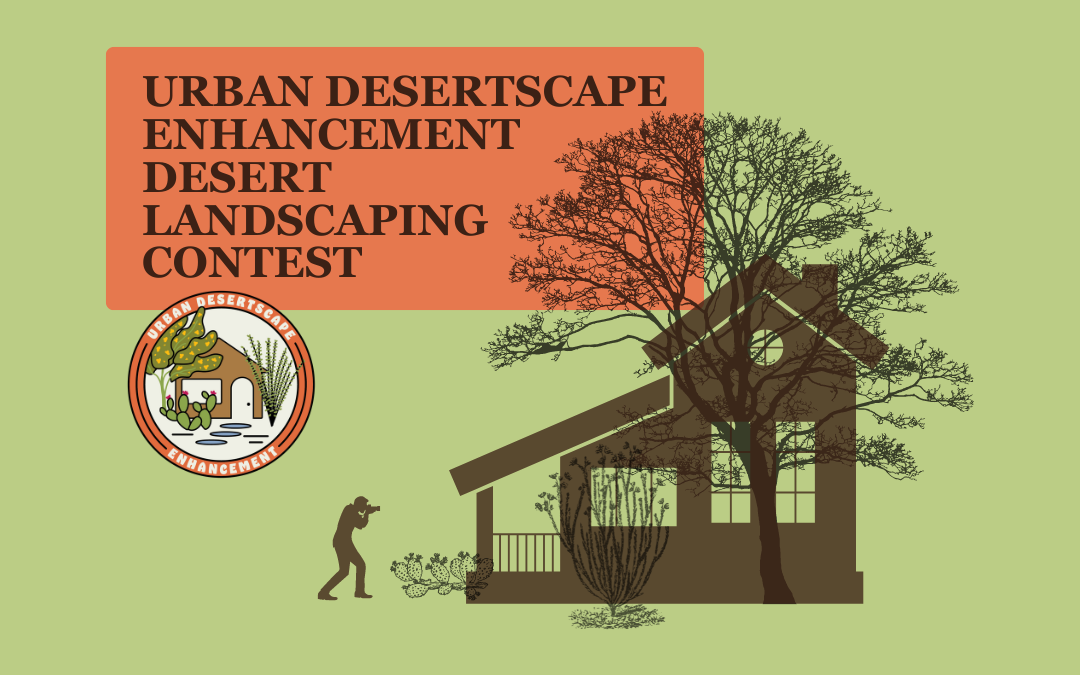
by Debra Agnew | Sep 5, 2024 | Uncategorized
Does your house have the best desert landscaping? Submit photos of your property for a chance to win fun prizes! The winner will have their property featured on the cover of our upcoming Urban Desert Landscape Enhancement Guide! This guide is being created by CAZCA with funding from the Stanley Smith Horticultural Trust, the Guide will teach property owners about using native plants in ornamental horticulture, low water use plants, water capture, and other topics.
Several houses will be selected to feature in the guide, the top three will receive prizes and the first place winner will be featured on the cover.
Central Arizona Conservation Alliance’s Urban Desertscape Enhancement working group promotes education and awareness of native landscaping.
Learn more about our working group and the contest below!

by Debra Agnew | Jul 23, 2024 | Uncategorized
Are you an Arizona educator teaching grades 3-8? Central Arizona Conservation Alliance (CAZCA) is now offering science educators an opportunity to earn three continuing education credits as part of our free course! Science educators will have the opportunity to learn new skills and ways to implement storytelling within their classrooms by attending one of our in-person classes.
We will be hosting two in-person classes at the end of this summer, where educators will have the opportunity to learn from specialists with backgrounds in storytelling, environmental education, and more!
Learn more and register by clicking the button below. If you have questions please contact cazca@dbg.org
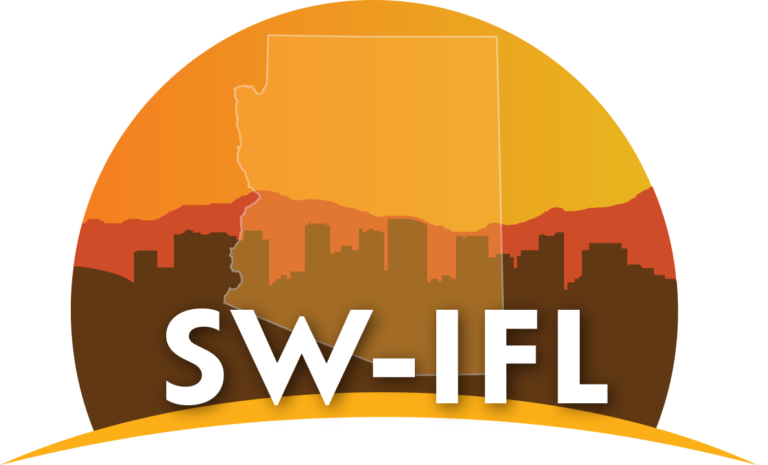
by Debra Agnew | Jul 16, 2024 | Uncategorized
Did you know annual plants to tell us where greenhouse gas hotspots are? Central Arizona Conservation Alliance (CAZCA) has partnered with the Southwest Urban Corridor Integrated Field Laboratory (SW-IFL) to collect annual plants throughout the Phoenix Metro area for research to identify these hotspots.
Greenhouse gasses, a result of fossil fuel combustion, is one of the leading contributors of climate change. When fossil fuels are burned, they release large amounts of greenhouse gasses, including carbon dioxide, methane, and more, into the air and can be absorbed by plants.
Over the past few months, the CAZCA, Sky Island Alliance, and the Northern Arizona University SW-IFL team, accompanied by a strong volunteer force, have been collecting samples of annual plants all throughout Arizona, uploading photos and identifications to iNaturalist, and sending the samples to be lab tested for carbon levels.
By collecting and observing widely distributed annual plants, we are able to identify the locations of many greenhouse gas hotspots by measuring the amount of carbon in the plants. Plants that are closer to fossil fuel sources, or greenhouse gas hotspots, will have less carbon than those further away. By using annual plants instead of perennials, scientists will be able to compare year to year changes in greenhouse gas emissions. This data, when paired with SW-IFL’s Hestia project data, could help cities and stakeholders when developing climate change action plans to target and monitor greenhouse gas sources.
Learn more about SW-IFL and their current projects below.
The Southwest Urban Corridor Integrated Field Laboratory (SW-IFL) is just one of four such field laboratories funded by the Environmental System Science Program of the U.S. Department of Energy. For more details on the program, visit the DOE Urban IFL home page.
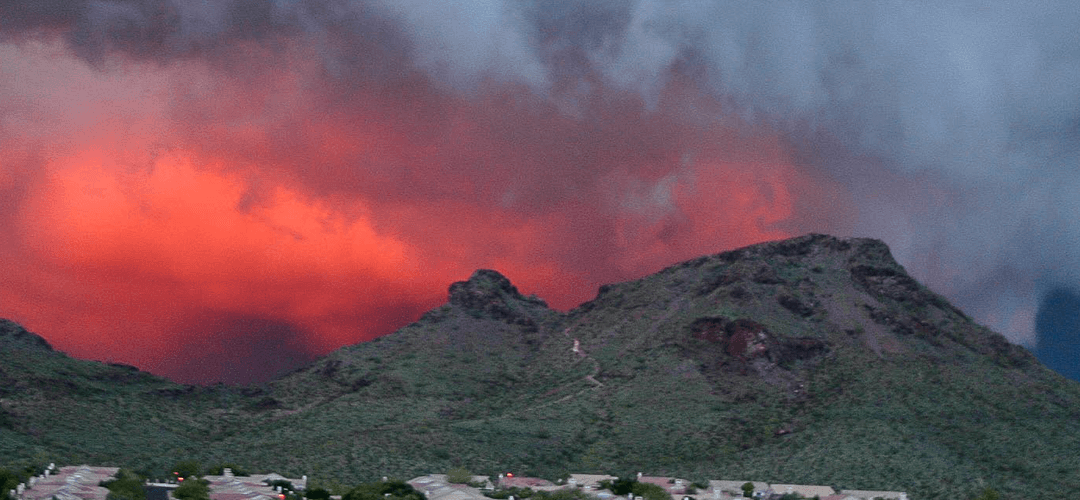
by Debra Agnew | Jun 6, 2024 | Uncategorized
Have you been wondering why there has been an increased number of wildfires throughout Arizona over the past few years? Southwest Fire Science Consortium (SWFSC) has recently released a report on this recent uptick, and identifies invasive grasses as one of the leading culprits for these fires.
Why are these plants so bad? When invasive plant species are introduced, they can overtake entire landscapes, crowding out native plants and creating a monoculture. The Sonoran Desert typically presents as a desert scrub or desert shrubland biome. The plants in these spaces can be widely spaced or patchy in their distribution with open areas in between. These open areas make it difficult for fire to spread, making the desert somewhat fireproof. As invasive plant populations grow the open spaces between plants fill in making it easier for fire to spread, shifting the naturally fireproof desert scrub to a grassland, and our naturally fireproof desert becomes more fire prone.
These invasives contribute to what is called the grass-fire cycle. Invasive grasses can spread and establish themselves quickly; they burn very hot, carry wildfires further than they may naturally go, and recover quickly after a fire. Native Sonoran Desert plants, on the other hand, can take several years to recover after a wildfire. Over time, invasive populations result in greater likelihood for wildfires to start and increase the size of future fires, limiting the ability for native plants to reestablish themselves. As the grass/fire cycle continues, our ability to control the invasive plant populations decreases, and wildfires start to occur more frequently, outside of the typical fire season (May-June).
Read SWFSC’s full report below to learn more about these invasive grasses, what the future of our desert looks like, and what we can do.




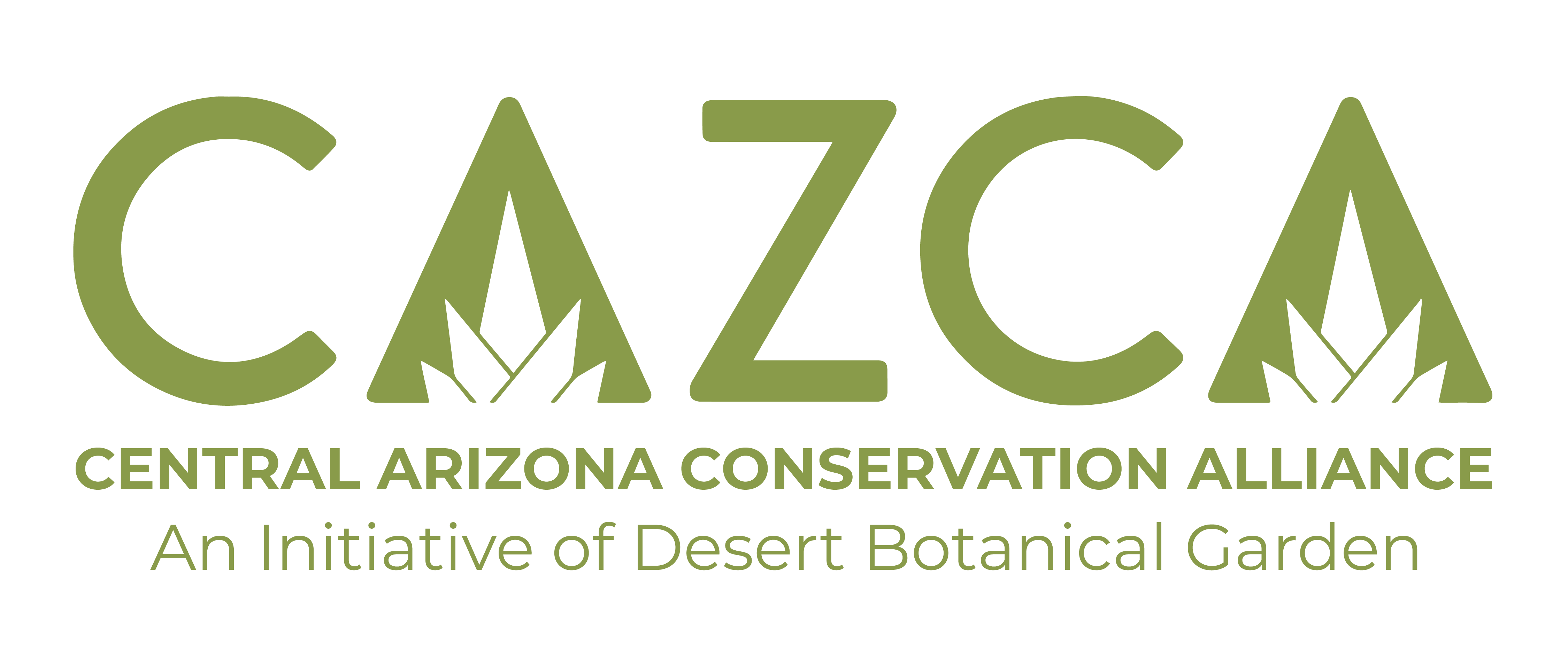











Recent Comments